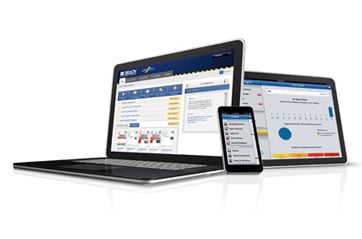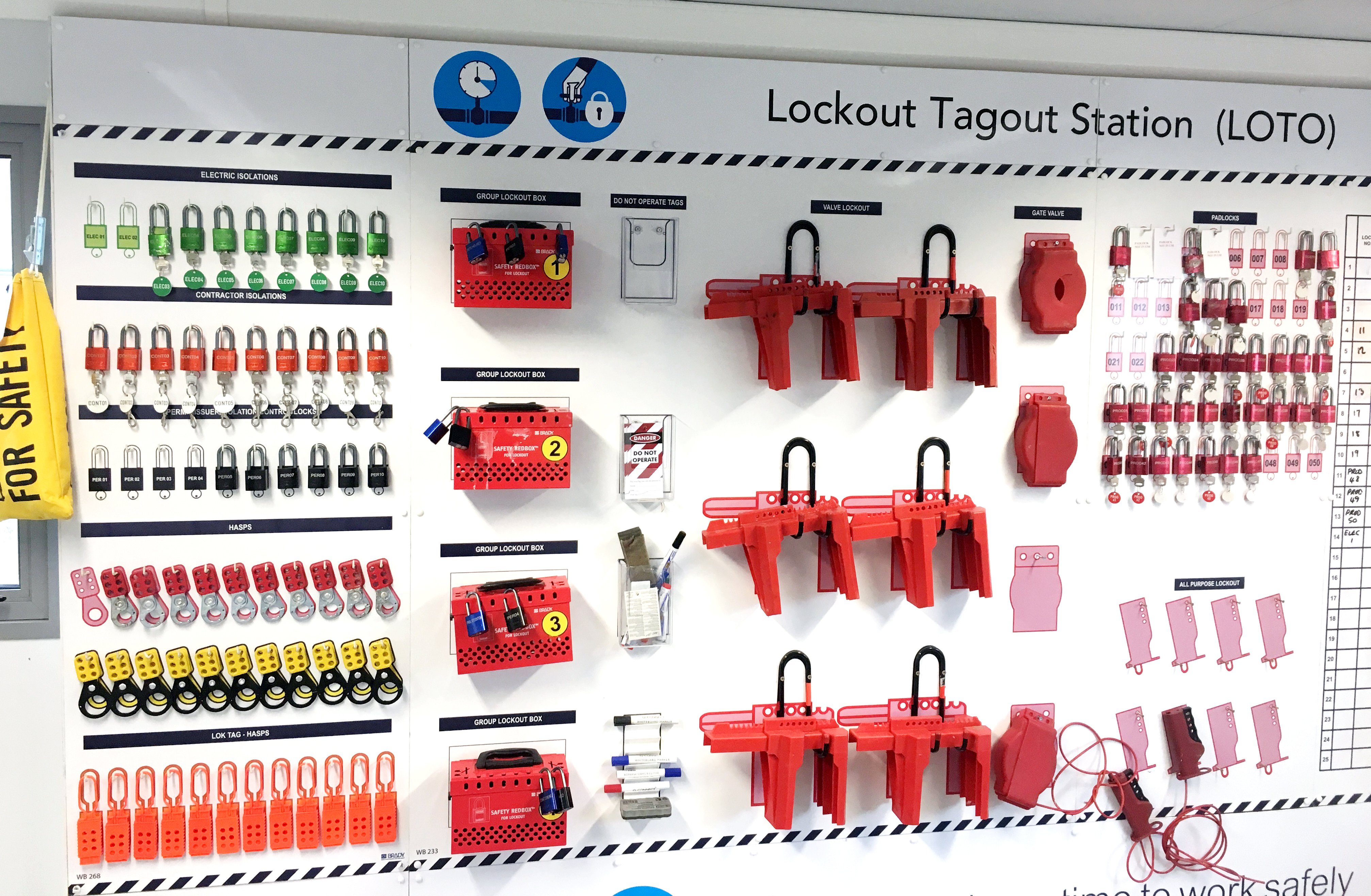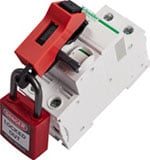World-Class Lockout/Tagout in Beverage Processing
Case Study
Improve Lockout/Tagout procedures for enhanced safety.
Machine-specific procedures with illustrated energy control points.
Reduced maintenance risks with complete machine isolation.
A large beverage processing plant considerably increased maintenance safety with machine-specific Lockout/Tagout procedures, capable of preventing any accident related to moving machine parts and machine energy.
Challenge: Make machine maintenance safer
A large beverage processor was already using safety padlocks and tools to isolate machinery during maintenance interventions. The procedures that drive the optimal use of Lockout/Tagout were not always 100% clear. To strengthen workplace safety, the company needed best-in-class Lockout/Tagout procedures, specifically written for each machine on-site.
In scope of this major workplace safety project were both the production and warehouse area, including a wide range of machines for bottle filling, packaging, and lifting.
Solution: For each machine a complete Lockout/Tagout procedure
Brady Corporation sent a specialised Safety Engineer on-site to write best-in-class, fully illustrated Lockout/Tagout procedures together with the customer. These procedures ensure complete machine isolation from all energy sources, preventing serious maintenance safety risks and accidents.
Every energy control point, such as push buttons, wheel valves, butterfly valves, or others, was identified and included in the new Lockout/Tagout procedures. The engineer illustrated all of them with on-site pictures, enabling employees to easily find every energy control point and lock them in the off-position.


All draft procedures were presented to the management team via Brady’s LINK360 software for swift procedure approval, editing and sharing. Once approved, each illustrated procedure can easily be printed, or shared with the LINK360 app on relevant mobile devices to strengthen procedure compliance.
With every Lockout/Tagout procedure confirmed, Brady offered a complete inventory of Lockout/Tagout tools needed to enable safer machine interventions. Tools already available in the workplace were taken into account. Additional tools needed included more safety padlocks, dedicated devices to lock specific energy control points in the off-position, and a number of accessories to increase Lockout/ Tagout efficiency.
Next, Brady delivered customised shadowboards to promote the use of Lockout/ Tagout in the workplace. All Lockout/Tagout tools were organised on these highly visible boards to facilitate tool distribution and availability. Maintenance specialists can now walk up to the relevant board, check their work permit, take the listed tools and easily return them to the tool shadows when done.


Results: Complete machine isolation during interventions
With best-in-class Lockout/Tagout procedures in place, written by an experienced Safety Engineer, the large beverage processor reduced safety risks during maintenance to an absolute minimum.
In a series of clear steps, every machine can now be fully isolated from its entire energy supply before maintenance starts. Maintenance specialists can lock the isolated machine state until after their intervention, preventing machines from being energised too early. By carefully adhering to the steps in the relevant procedure, any maintenance accident caused by moving machine parts can be prevented.
Via the LINK360 tool, changes in machinery or energy control points can be addressed swiftly, and updated procedures can easily be communicated with relevant employees.
